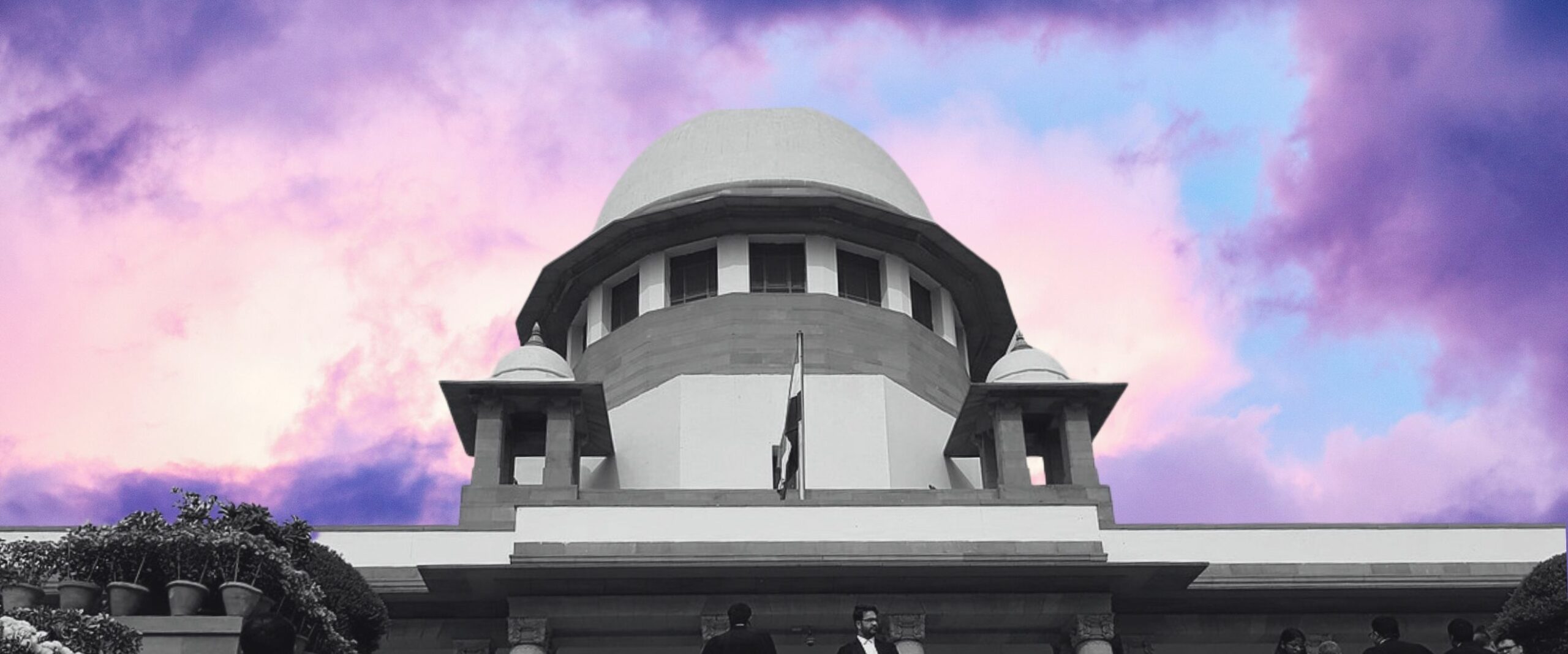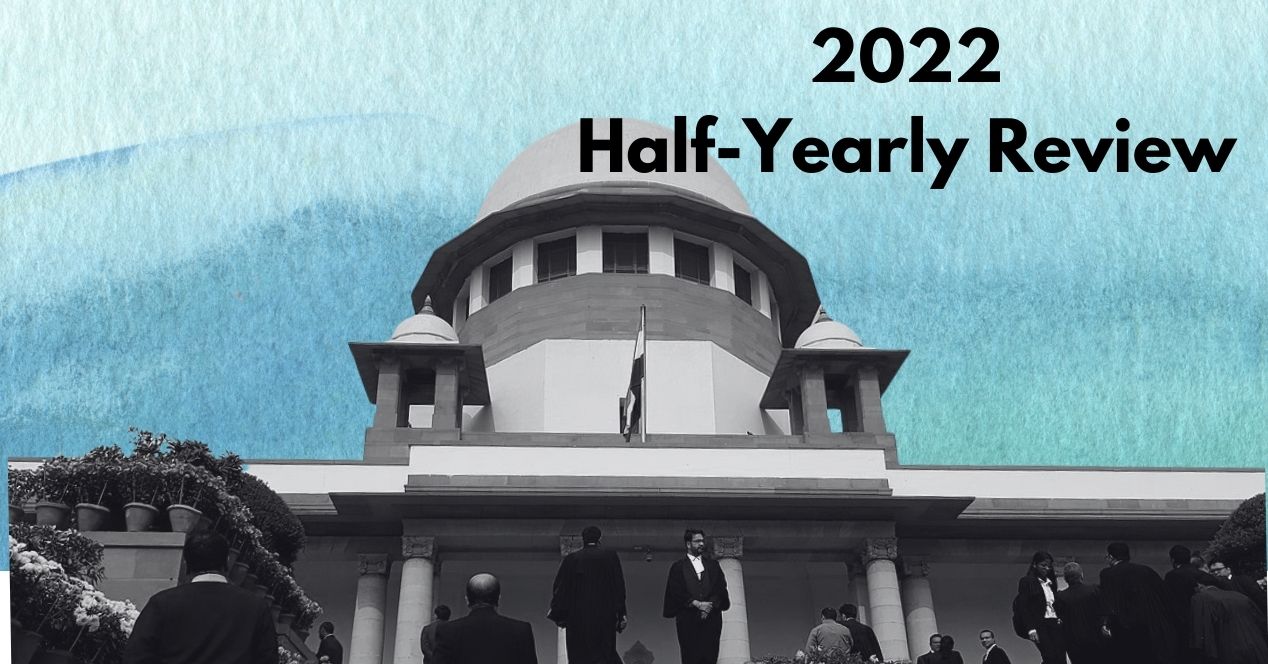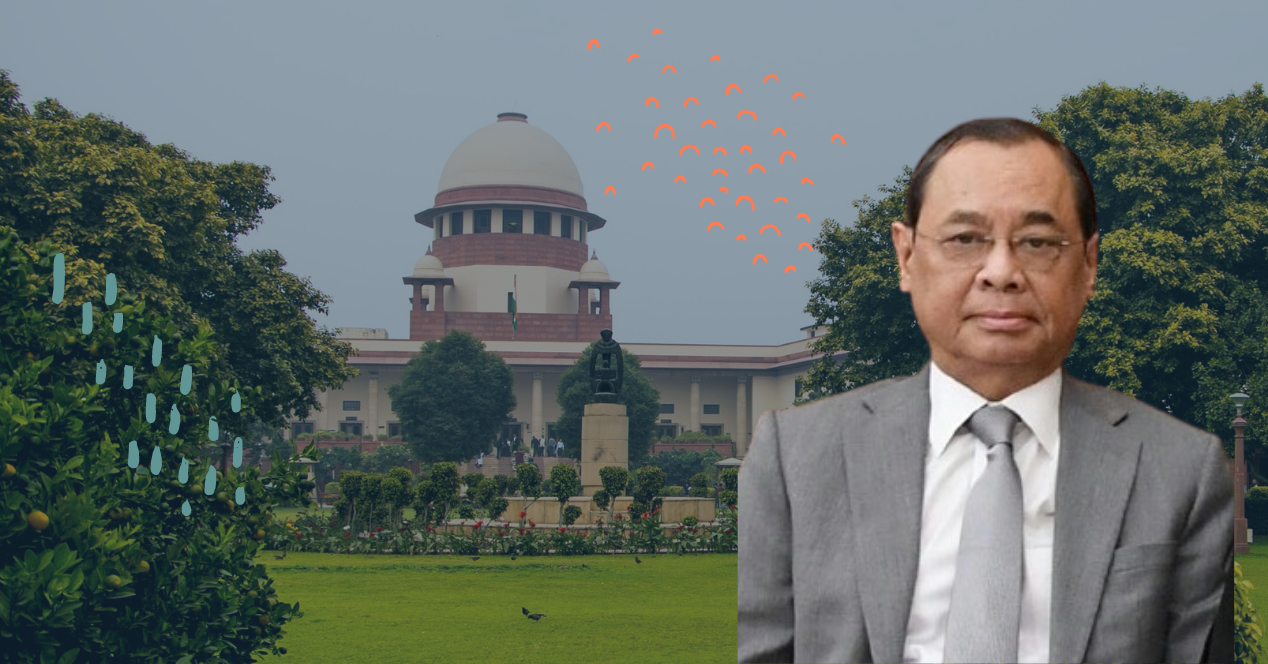Analysis
The Constituent Assembly on Retired Judges Taking Up Executive Office
K.T. Shah believed that retired Judges must not be appointed to any executive office under the Union or the State. Ambedkar was unconvinced.

In 2022, a whopping eight Supreme Court Judges will hang up their gowns. If trends in the last decade are anything to go by, many of these Judges won’t simply retreat into retirement. They will, most likely, receive post-retirement positions, often put their way by the government in power.
Former Chief Justice Ranjan Gogoi’s nomination to Rajya Sabha by the ruling party in 2020 had stirred the debate over post-retirement positions. Many saw this appointment as a blot on judicial independence. Similar concerns were advanced during our Constitution’s framing, where the problematic link between judicial independence and post-retirement positions was emphasized.
On 7 June 1949, K.T. Shah moved a proposal in the Constituent Assembly to include a provision in the Constitution that barred former Supreme Court and High Court Judges from being appointed to any executive office under the Union or the State. He believed that this measure would protect judicial independence and maintain the separation of powers.
Shah reminded the Assembly that in the past, the Executive had attempted to influence judicial officers with attractive executive postings. He predicted this could get worse in independent India, which, unlike colonial India, would have more positions available. He dismissed precedent and convention as sufficient measures. Shah felt that the problem was critical enough to warrant specific mention in the Constitution.
H.V. Kamath and Shibban Lal Saxena supported Shah’s proposal. Kamath said:
‘…the Supreme Court in our country will have to arbitrate and adjudicate upon disputes-constitutional disputes between the Centre and the Units as well as between Unit and Unit. The Executive is interested in many of these questions and it is very likely-more often than not-that a particular matter which is coming up before the Supreme Court may be of such vital importance and interest to the President or the Executive that they might like the Supreme Court to give a particular decision upon that matter…’
Drafting Committee Chairman B.R. Ambedkar was not convinced. He argued that
‘…The judiciary to a very large extent is not concerned with the executive: it is concerned with the adjudication of the right of the people and to some extent of the rights of the Government of India and the Units as such…the opportunity for the executive to influence the judiciary is very small and it seems to me that purely for a theoretical reason to disqualify people from holding other offices is to carry the thing too far…’
He continued that unlike in the United Kingdom, where Judges retire at 70, and in the United States where Judges hold office until death, Indian Judges are made to retire at a relatively early age of 60 with a low pension. Therefore, barring opportunities for retired judges to hold office would not be ideal and placed ‘too many burdens on the members who accept a post in the judiciary’
After Ambedkar’s intervention, the Assembly dropped Shah’s proposal.
Curiously, Ambedkar did not directly address Shah’s core concern: a sitting Judge might act in ways to obtain a post-retirement position from the Executive. It is striking that he believed that the Executive would have no interest in meddling with judicial affairs. He was not convinced by Shah’s warning that the erstwhile Government’s attempt to influence the Judiciary would repeat in independent India. Ambedkar appears to have not anticipated that the Judiciary and Executive would interact in complex and worrying ways that had the potential to compromise the separation of powers and judicial independence, most starkly represented by the Emergency.
This article was first published on constitutionofindia.net on July 19th 2022.




